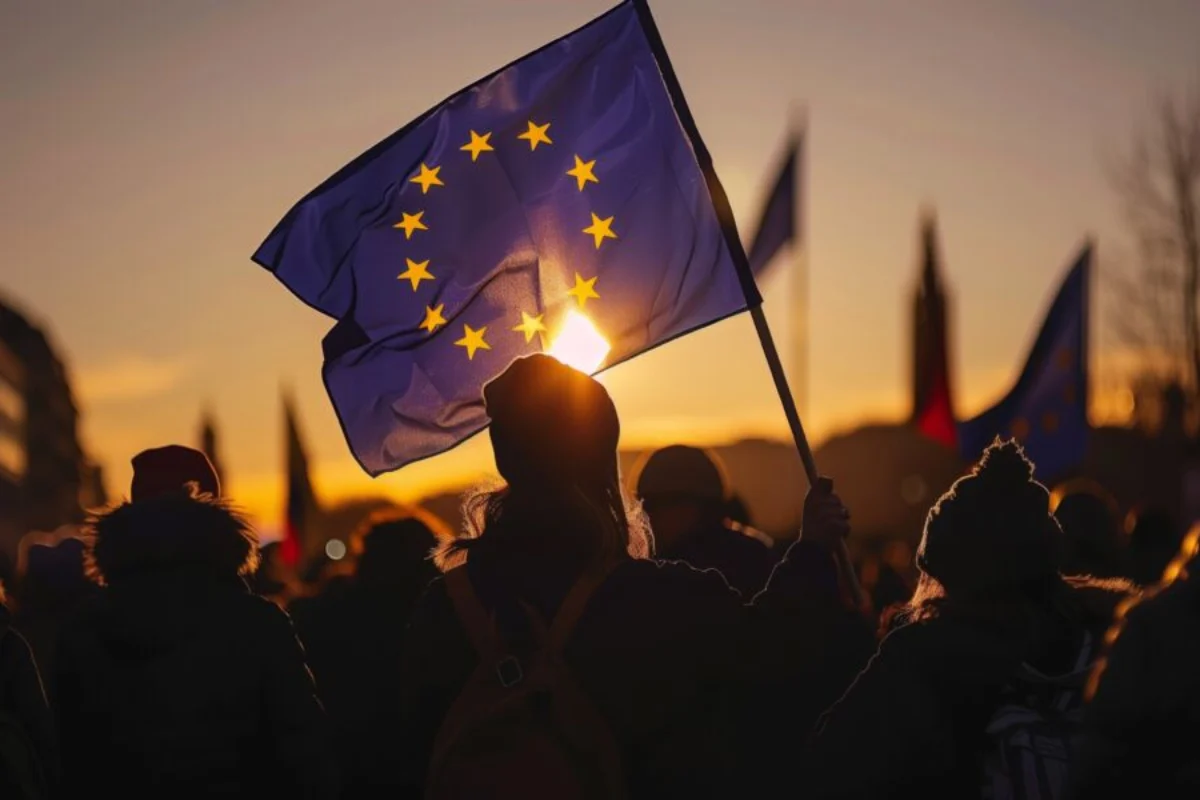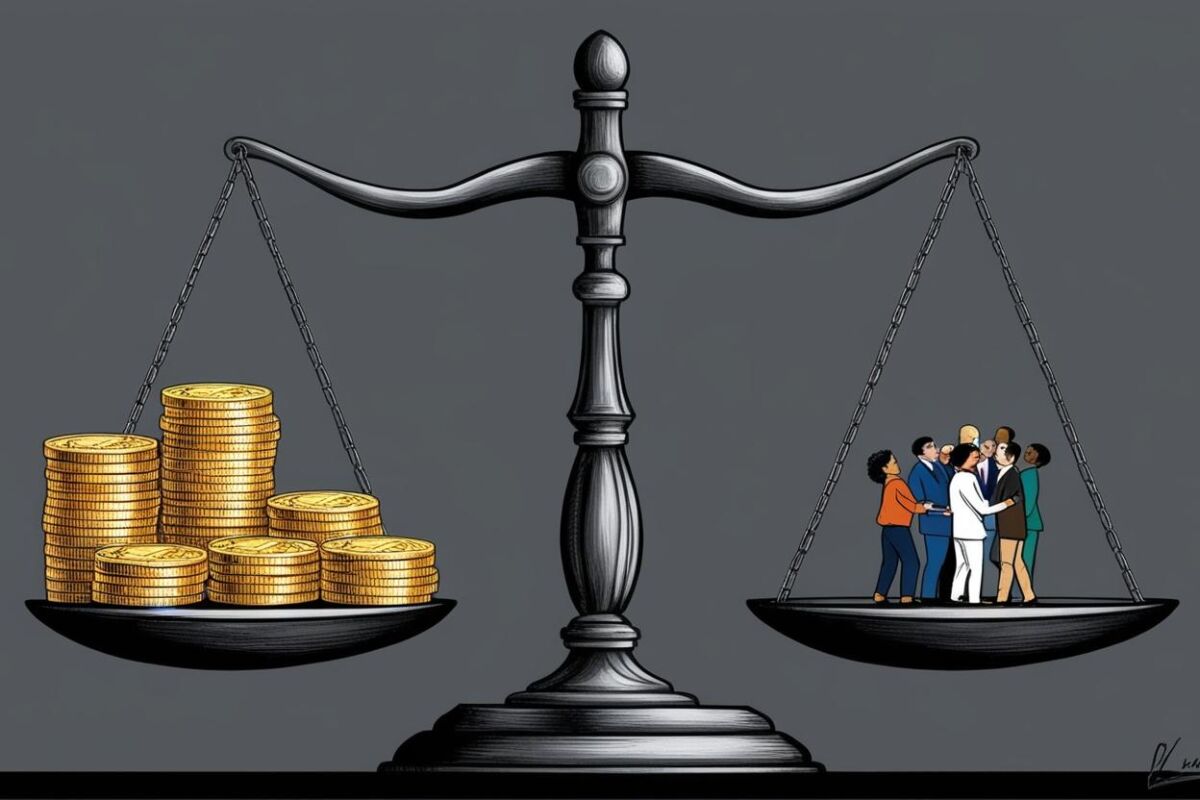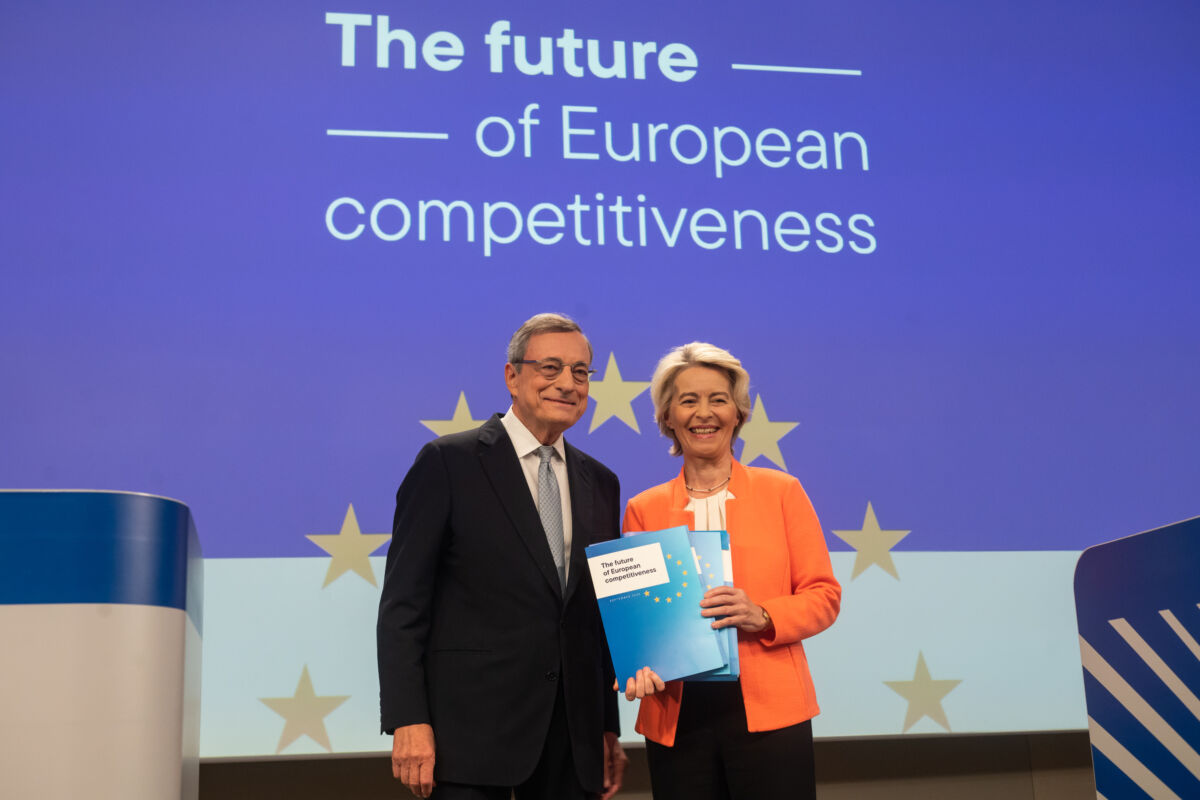During these frantic days at the beginning of a new mandate, at a time when the new College of Commissioners is being formed, Ursula von der Leyen’s commitment to achieve full gender balance – shown as being important to her since the very beginning of her first mandate – is not being realised. Despite her request for one male and one female candidate and some last-minute changes, many Member States still only nominated men.
We now know who has been selected to form the new College (pending the European Parliament’s approval) – and it doesn’t look good.
First, there’s no dedicated Commissioner for Equality, as this will be handled together with the crisis management and preparedness portfolios. Secondly, out of a College of 27, only 11 (or around 40 % and including von der Leyen herself) are women. Technically speaking, this would satisfy the gender balance criterion – but just barely.
So maybe this isn’t the worst outcome imaginable but the cold hard reality is that von der Leyen failed in her quest to achieve meaningful gender balance – because Member States simply decided to ignore her (not unreasonable) request.
To be sure, it’s challenging to advocate for gender equality in a highly political landscape where several countries have shifted to the right and the ‘success’ of some anti-gender movements has been an unsettling development. And if Member States openly disregard the importance of a simple yet crucial gender-balance request from the President of the European Commission no less, the starting point for continuing progress is not ideal.
Even worse, the risk is that the EU waters down – or even backslides on – some of the key achievements of the past few years in this crucial domain. This cannot be allowed to happen.
Some successes, yet much more still to do
The 2024 Report on Gender Equality in the EU offers a comprehensive summary of the EU’s main successes in terms of gender equality. Among them, the Directive on combating violence against women and domestic violence – despite certain limitations – as well as the adoption of the Directive on pay transparency. That said, on several issues, a lot still needs to be done.
Among them, the gender care gap – often seen as a consequence of the gendered division of labour – still needs to be addressed. Over time, this condition has been normalised, leading to the widespread acceptance of what is known as ‘unpaid care work’, which can be defined as ‘all unpaid services provided by individuals within a household or community for the benefit of its members, including care of persons and domestic work. Common examples include cooking, cleaning, collecting water and fuel, and looking after children, older persons, and persons with illness or disabilities’. This burden has, of course, been historically placed on women.
The pandemic highlighted the importance of the ‘co-responsibility’ of care within the household and provided an opportunity to adjust this situation. But in the end, ‘pre-existing gender inequalities in the primary responsibility for housework within the household persisted during the pandemic’.
To progress here, the European Care Strategy must be revamped and strengthened. The new Commission should actively seek to cooperate with Member States to ensure that its recommendations are implemented. These include fostering a commitment to improve care-related data collection and analysis, and increasing investment in the care economy.
In parallel, women’s healthcare needs to be addressed more comprehensively, not only in terms of sexual and reproductive health and rights (SRHR). If ‘mainstreaming gender’ means adopting a gender perspective when policies are designed, implemented and evaluated, then health policy has rarely featured such an approach.
For example, during Covid, women – especially racialised women – were often left behind. Studies and data collection mostly targeted men, eventually slowing down the response to the pandemic and worsening gender disparities. Thinking about women’s healthcare more broadly shouldn’t mean, however, stopping to pursue strengthened SRHR.
Here, access to legal, safe and free abortion should be safeguarded, as it is de facto impeded in various countries where this right should be guaranteed de jure. This is not only due to more invigorated European anti-abortion movements but also because of a lack of alternatives, including a shortage of health providers specialised in public abortion care, especially in countries where a significant number of gynaecologists are conscientious objectors. This essentially means that they exercise ‘the option to make a conscientious objection to activities that are specific and necessary to an abortive intervention’.
When addressing SRHR, it’s also important to collect data to effectively monitor specific practices. This is the case, for example, for gynaecological and obstetric violence, a phenomenon that over the years has received far too little attention, partly because of a lack of available data, as recent studies have suggested.
Gender is not an afterthought
These are just a handful of the issues EU institutions should continue to address in the next cycle. But before looking to the future, let’s reflect on the present. If the principle of gender balance is not respected from the very beginning, it becomes difficult to expect it to fully happen later on. In other words, without firm foundations, prioritising gender equality may become much more complicated.
A possible – and temporary – solution might be to establish binding gender quotas. The principle is controversial and this author perfectly understands why. Gender quotas are often considered as ‘undemocratic’, ‘violating the principle of equal opportunity for all’ or ‘tokenism’. Allocating seats to women just because they are women might be seen by some women to be insulting or unfair.
In practice, respecting gender quotas without considering existing power imbalances – such as giving fewer senior/influential roles to women – might also be ineffective. Yet the systematic application of this principle could well be an accelerator for gender equality, as evidence has already suggested.
One would hope that gender quotas eventually become redundant. Yet that future is still somewhat far away.
EU Member States, disregarding von der Leyen’s request, have confirmed that the level of awareness and sensitivity towards gender equality is still far too low. Yes, von der Leyen has tried to remedy certain Member States ignoring her wishes by nominating four women and only two men to Vice-President positions – but regardless of this, a ‘nearly gender-balanced team’ is still not good enough.
In an ideal world, the quest for achieving gender balance shouldn’t be at stake. But in today’s EU, it is. Don’t let yourself be fooled that it isn’t.





































